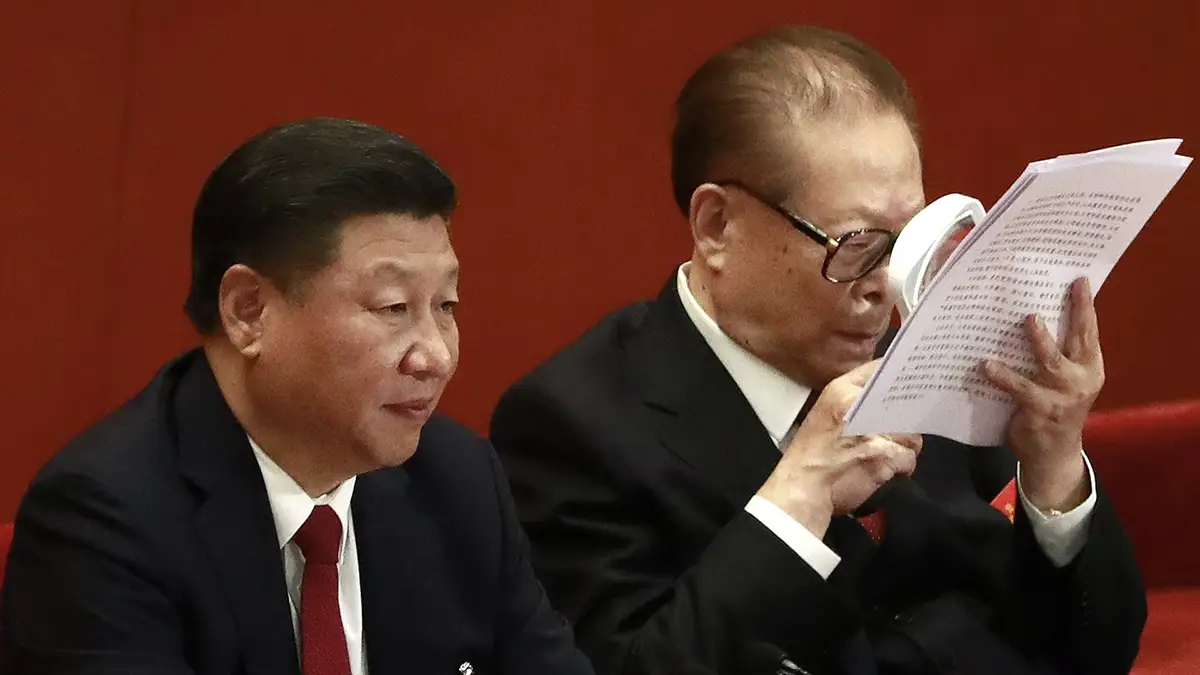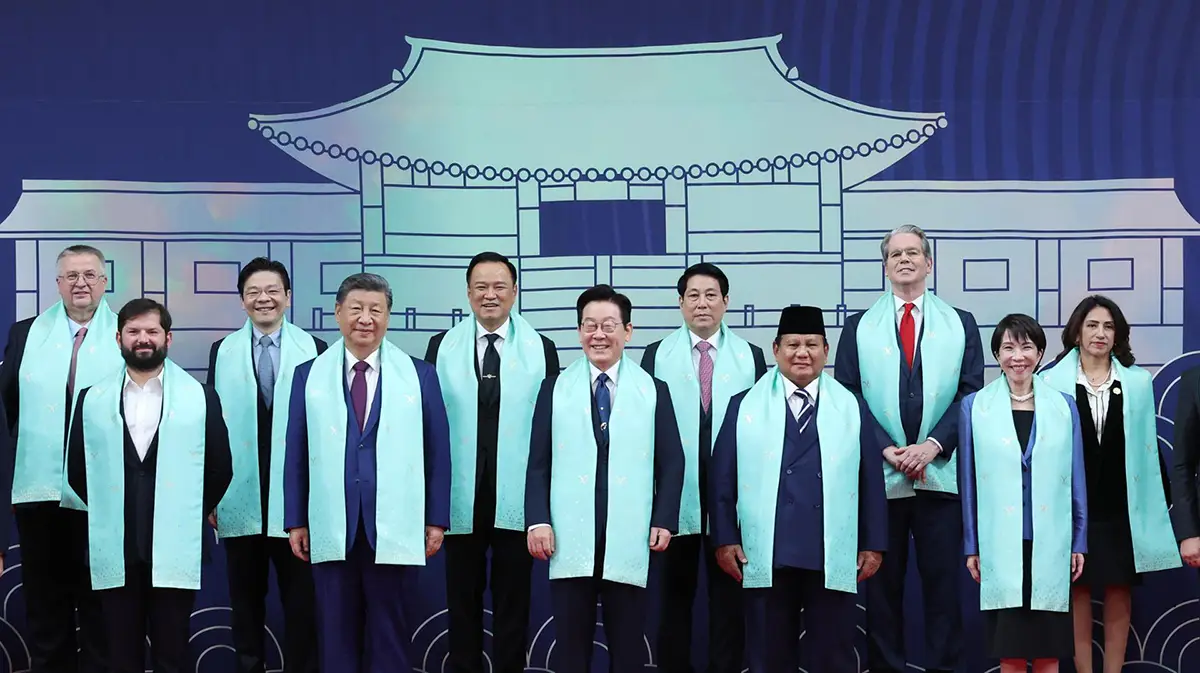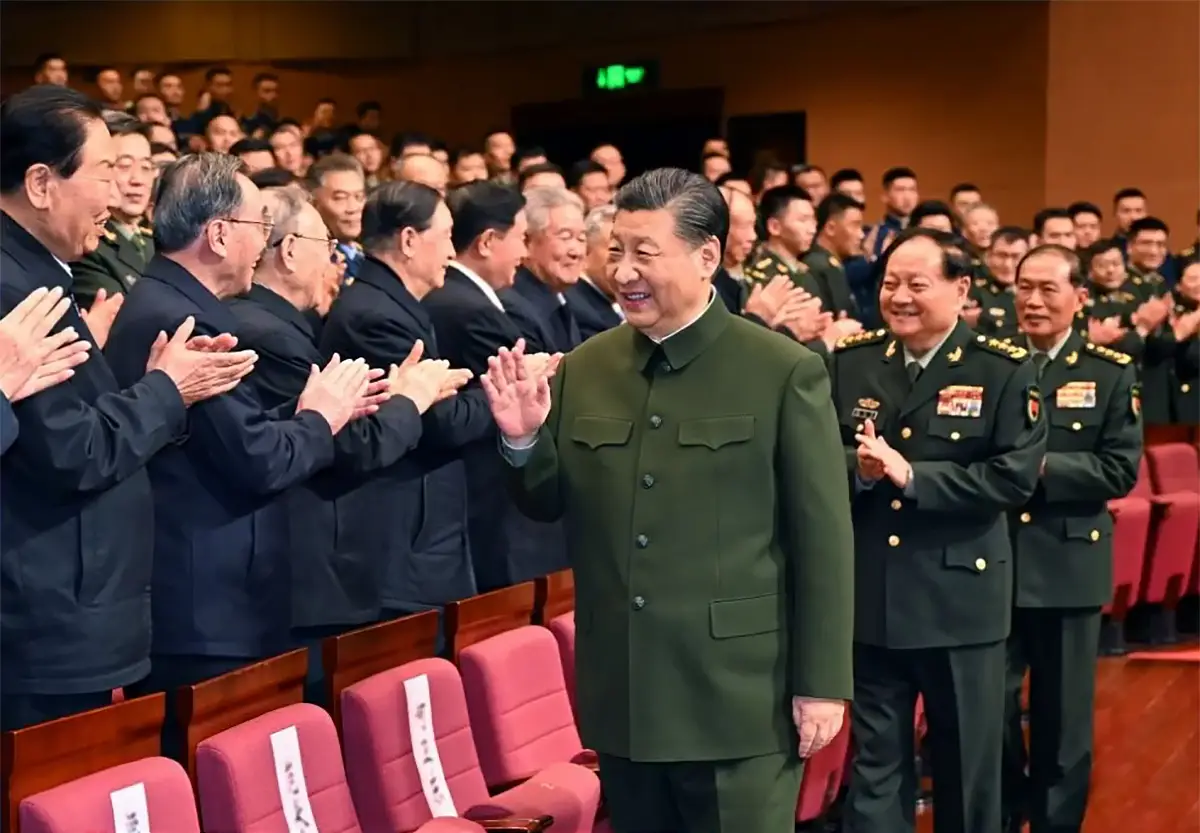This article is part of a series in observance of the 20th anniversary of September 11, 2001. InDepth asked CNA analysts to submit their memories of that day and how it shaped their careers as national security professionals. In this post, we present three varied recollections of the day. In our next installment in the series, CNA analysts reflect on how 9/11 changed their careers.
Dr. James “Chip” Coldren
Managing Director
Safety and Security
Institute for Public Research
On the morning of 9/11, I was in a meeting at Johns Hopkins University in Baltimore with 10 to 15 police officers. We were supposed to develop a new training curriculum around ethics in policing. The meeting had just started, and we were going through introductions when every police officer in the room looked at his or her cellphone, got up, and quietly left the meeting — with no explanation, no goodbyes, nothing. The several of us remaining were a bit perplexed. I got my things together and left the room to look outside. On the street, I saw a number of police officers in SWAT gear running in various directions, each carrying a machine gun.
By then I had received notification about the attack on the Twin Towers. I just remember an eerie feeling, not one of being under attack, just about how strange it was to have such heavily armed police on the streets.
My father was living in a seniors apartment complex in Catonsville, Maryland, at the time, so I somehow made my way over to his place and stayed with him for about five days because I couldn’t get a car, plane or bus back home to Chicago. It was a pretty surreal time, with lots of phone calls checking on family and friends, especially friends in New York.
The lasting impression I have from that time is the seriousness with which the police officers responded at that moment — and throughout the days, weeks, months and years to follow.
Elliot Harkavy
Advisor
Center for Justice Research and Innovation
I was watching the events on 9/11 unfold on TV in my living room until the first tower fell. At that point I knew that I either had to take action or go catatonic — I had once spent months living in the Marriott World Trade Center, destroyed that day.
Cars were in gridlock, so I rode my bike to the DC Red Cross, wearing my old Red Cross jumpsuit-style uniform (aka "Smurf Suit") and my Red Cross hard hat in place of a bike helmet. This turned out to be a smart decision, as it allowed me past the Secret Service who were redirecting all vehicles off Massachusetts Avenue at the Naval Observatory — where the vice president lives. Instead, they waived me through and gave me a status update on flight 93 in Shanksville, Pennsylvania.
At the Red Cross, I spent a few hours preparing to report to the Pentagon as a responder, handling a number of minor logistical assignments, and screening volunteer applications for usable skills.
At about 5pm, I arrived at the Pentagon to provide logistical support to police, fire, EMS and military responders. I moved to the Red Cross office in Arlington after midnight to establish a logistical unit. At dawn, September 12, I went to the Krispy Kreme factory in Alexandria, Virginia, to pick up 2,000 doughnuts donated to the response. (For the record: 2,000 doughnuts pretty much fills a 15-person passenger van.) I then went to the nearby Denny’s, where staff had made 300 breakfasts for responders, buying the food out of their own money because they could not reach the general manager to authorize a donation.
I delivered the food to the Pentagon and served breakfast until about 9:30 a.m., when I started to make my way home, dropping off the Red Cross van and picking up my bike. That was 23 hours that changed the world and my life.
Dr. Steve Wills
Research Analyst
Strategy and Policy Analysis Program
In 2011, I was a U.S. Navy lieutenant commander assigned to the Defense Intelligence Agency (DIA) at Joint Base Anacostia–Bolling in DC. I was supposed to be at the Pentagon at 9:00 a.m. on September 11 to give the weekly DIA acquisition intelligence report to the Deputy Director for Naval Warfare in the Office of the Under Secretary of Defense, Acquisition, Technology and Logistics. My boss, however, changed this plan. He needed someone to take his place at conference at the Army Intelligence Center in Charlottesville, Virginia, so that he could be home in time that afternoon for his son’s baseball game. I volunteered to go to Charlottesville in his place.
I picked up some classified documents early that morning from the Pentagon and left for Charlottesville. The world changed while I was gone. When I finally returned very late that night after fighting traffic to get back into the DC area, the entrance to DIA had sandbags in front. A Humvee with surface-to-air missiles stood guard. I did not return to the Pentagon for a meeting for another two weeks. When I did go back, there were temporary plywood barriers everywhere, and the building still smelled heavily of fire and burned kerosene fuel. The area of the Pentagon where I was supposed to go on 9/11 was not damaged in the attack, but I had thought about visiting an old commanding officer who was then located in another part of the building. Who knows what might have happened had I headed off that way.



